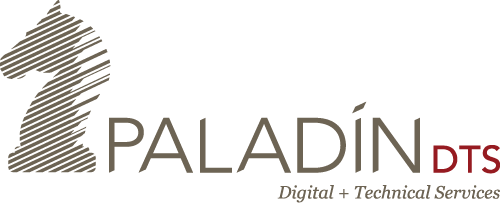Careful coordination key to an effective guiding document
Devon Hutton, Assoc. AIA., LEED AP BD+C, GGP; Paladin, Inc.
Picture yourself as the owner of a state of the art building, just eighteen months after the ribbon cutting celebration, simultaneously reviewing an energy bill that’s 15% over budget, fielding a call from your anchor tenant whose employees are shivering in one room and sweating in another and watching your building manager shrug his shoulders when you ask him for solutions. If you don’t have a quality systems manual, that scenario is more likely than you’d expect.
A Systems Manual is the essential legacy document that evolves in the course of a building’s design, engineering and construction. Properly formulated, it serves as more than a collection of equipment checklists and machinery manuals. Instead, it’s a comprehensive owner’s manual for buildings large and small that can be adapted to keep them running smoothly for their entire lifespan.
While members of the project team contribute individual elements to a systems manual, the responsibility for integrating and interpreting those inputs appropriately falls to the project’s commissioning professional (CxP), whose multidisciplinary grasp of the whole building is nicely suited to taking a comprehensive approach. Not only does such a manual describe HOW to operate the systems, it provides insights into WHY they were designed as they were to help operators understand the original goals, equipping them to make informed choices on WHAT to do when challenges arise.
Just as the design of a new or updated building is driven by the owner’s priorities, a quality systems manual is rooted in the vision the owner cast at the beginning of the process and captures “corporate memory” for sharing with future operators. Key elements include:
- Baseline content: the best original designs and drawings still undergo changes as the laws of physics come into play on the construction site. As a result, it’s vital for the systems manual to include information that reflects the actual building. In addition to As-Built single-line diagrams and Reference Drawings, one should find System and Assembly Narratives which combine to give the maintenance and operation staff an accurate overview of their building.
- Current Facility Requirements: This starting point information should describe in the simplest possible terms WHAT the building is and HOW the systems and assemblies relate to one another. Requirement details include Performance Thresholds, Operating Considerations, Equipment Schedules, Set Points, and contractor-provided As-Built controls information.
- Operations and Maintenance: This section guides the actual work of effective building operation with Inspection and Operation Instructions, Equipment and Assembly Lists and Details, and the Preventative Maintenance Schedule + Tasks. Adhering to the stated guidelines can extend equipment life and keep assemblies performing as intended.
- Ongoing Optimization: This section helps operators take building performance to the next level, by essentially continuing the commissioning process as the building is used. It includes Retesting Prerequisites and Recommended Trend Points [for Energy Tracking] along with Schedules and blank re-testing forms. Ongoing, orderly testing can help keep buildings on track to meet performance goals even as it aids in troubleshooting and underperforming building.
To ensure maximum accuracy and affordability, it’s very important to begin composing a systems manual near the beginning of a project and continuing its creation until the full complement of closeout documents is received. The information should be discussed in meetings and verified along the way, so the owner ends up with a resource that leads to the most cost-effective, well-run and energy-efficient building possible.
The ultimate value of your systems manual will then rely on its character. The best systems manuals are:
- Well-organized and easy to use. Pertinent information should be easily found and succinctly presented, knowing they’ll likely be read when urgency is part of the equation. Then it should guide the reader to reference documents in case more in-depth study is needed.
- Accurate and up-to-date. A diagram, list or process rendered inaccurate by changes during the course of Design and Construction is close to useless, so be sure the information reflects updates related to value engineering, equipment or assembly substitutions and design changes. This also applies to system + assembly narratives, sequences of operation, equipment lists, and preventative maintenance procedures. Of special interest is accurate photo documentation, kept current with new images when changes are made.
- Easily understood. Staff can’t implement guidance they don’t understand, so the systems manual must be written with an emphasis on comprehension. Lacking that, the best considered plans can be derailed, driving operating expenses through the roof.
- Regularly updated. Although the goal is a systems manual that reflects the building’s capabilities on day one, it should be presented in a way that allows ongoing updates with detailed documentation. It should include blank forms and space for maintenance data, repair information and re-testing results.
As the discipline that “brings it all together,” commissioning offers an integrated perspective that covers everything from energy tracking recommendations and energy saving strategies to schedules for maintenance and ongoing commissioning. The resulting information is critical for operational success and keeps the crisis moments described above to a minimum.

